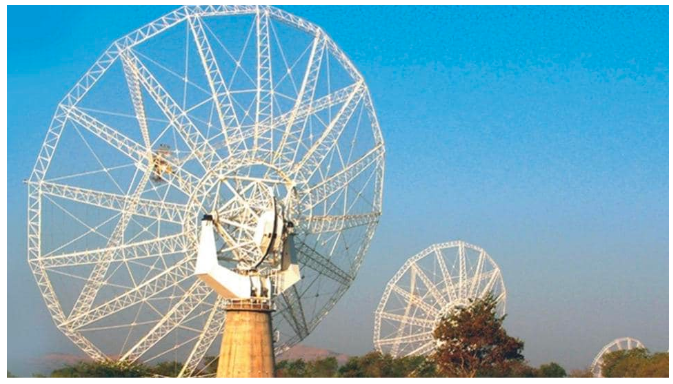Context:
At the 64th Global Environment Facility (GEF) council meeting in Brazil, the governing body approved the disbursement of $1.4 billion to accelerate efforts to tackle the climate, biodiversity and pollution crises.
More On the News:
About Kunming-Montreal Global Biodiversity Framework:
Global Environment Facility:
| Additional Information
About Convention on Biological Diversity:
|
News Source: Down to Earth
Context:
The cancer research arm of the World Health Organisation (WHO) will list the popular sugar substitute aspartame as possibly carcinogenic to humans.
About Aspartame:
News Source: Indian Express
Context:
The World Economic Forum ranked India at the 67th place globally on its Energy Transition Index.
About Energy Transition Index:
Global Rankings and observations:
| Rank | Country |
| 1 | Sweden |
| 2 | Denmark |
| 3 | Norway |
| 4 | Finland |
| 5 | Switzerland |
Findings related to India:
News Source: The Hindu
Context:
British children’s writer and performance poet Michael Rosen has been awarded the prestigious PEN Pinter Prize 2023.
About PEN Pinter Prize
News Source: Indian Express
Context:
Recently, in a hospital in Hyderabad, a patient in the ICU with an extensive drug resistant bacterial infection, was treated under a ‘compassionate use protocol’ with a drug cefepime-zidebactam which is undergoing phase 3 trials.
What is a Compassionate use protocol ?
Expanded access may be appropriate when all the following apply:
News Source: The Hindu
Context:
In a major breakthrough, an international team of astronomers announced scientific evidence confirming the presence of gravitational waves using pulsar observations.

Image Source: Hindustan times
About Pulsars:
Gravitational Waves:
Giant Metrewave Radio Telescope (GMRT):
Recent Findings of GMRT:
| Additional Information:
About Gravitational Wave Background:
|
News Source: The Hindu
Context:
The Centre has signalled a move towards rolling out Time-of-day (ToD) Tariff System
| Probable Question:
Q. What are the challenges faced by the power sector in India? Discuss the ‘time-of-day tariff norms’ and their impact on grid management and consumer behaviour. |
About Time-of-day (ToD) Tariff System:

Image Credits: IBEF
Benefits of Time-of-day (ToD) Tariff System :
India’s Power Sector:
Challenges:
Initiatives by the Government to boost the Indian power sector are as below:
Way Forward:
News Source: Live Mint
Maharashtra Withdraws GRs on Hindi as Third Langua...
Statistical Report on Value of Output from Agricul...
Skills for the Future: Transforming India’s Work...
National Turmeric Board HQ Inaugurated in Nizamaba...
ECI Moves to De-List 345 Inactive Registered Unrec...
MNRE Issues Revised Biomass Guidelines Under Natio...
<div class="new-fform">
</div>